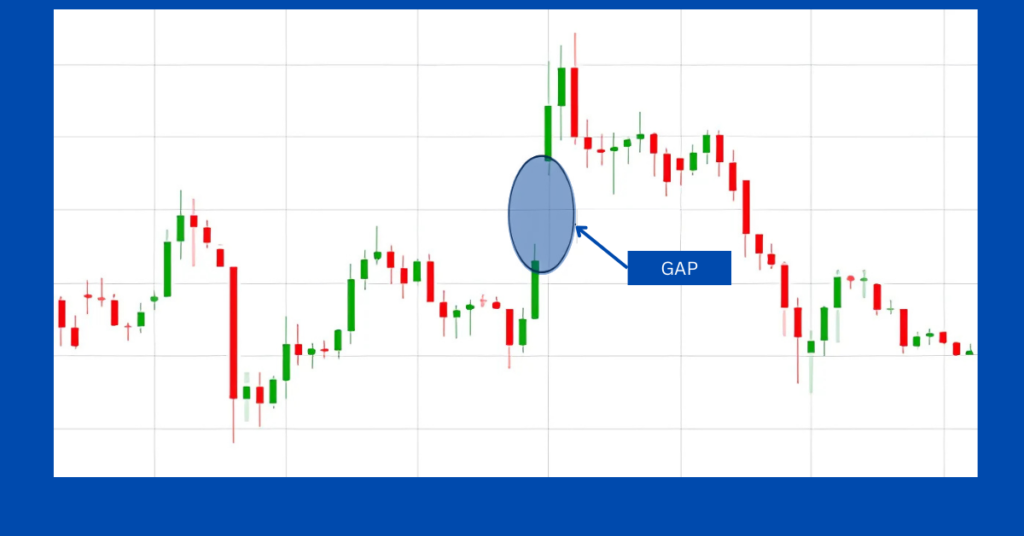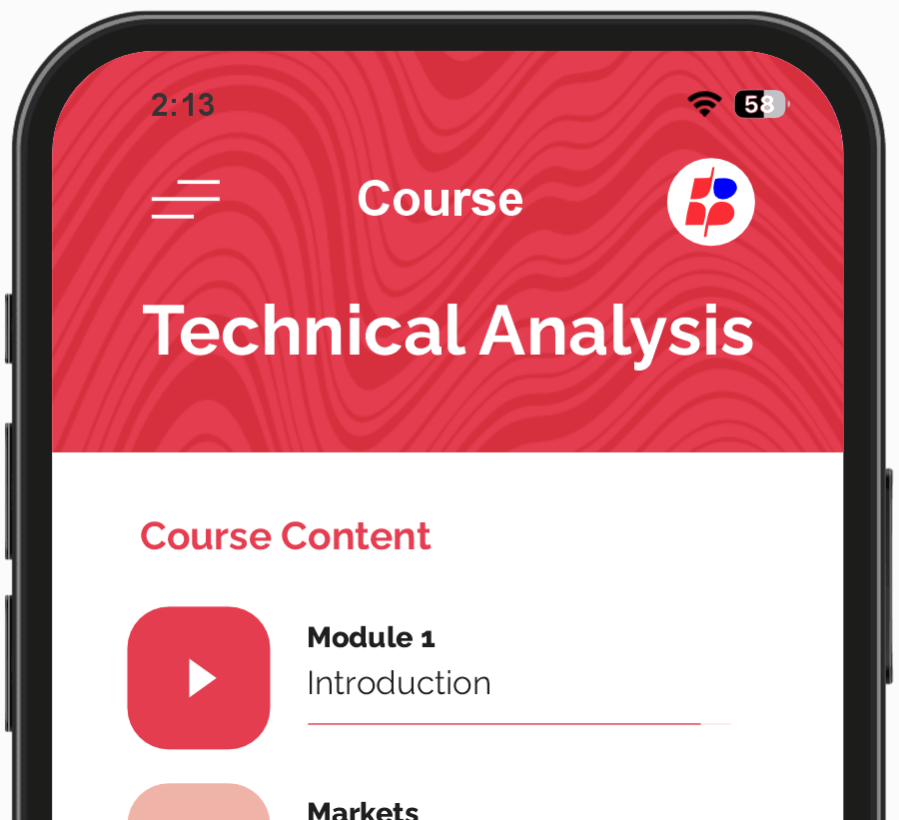In trading, a gap refers to a situation where the price of a financial asset (such as a stock, forex pair, or commodity) opens significantly higher or lower than the previous closing price, creating a space or “gap” on the price chart.
Gaps occur due to sudden changes in market sentiment with no trading occurring in between, often caused by news, earnings reports, economic data, or geopolitical events. In the forex market, gaps primarily occur over the weekend because it is the only time the forex market closes.
Gaps may also occur on very short timeframes such as a one-minute chart or immediately following a major news announcement.

In This Post
Types of Gap in Trading
Common Gaps:
A small, temporary gap that usually occurs in low-volume trading and gets filled quickly.
Breakaway Gaps
Appears at the beginning of a new trend and signals strong momentum in the breakout direction. It identifies the strongest support and resistance price levels.
Runaway (Continuation) Gap
Forms in the middle of a strong trend, confirming trend continuation. It mostly occurs in the trend’s direction and is a gap that exceeds 5% of the currency pair’s price.
Exhaustion Gap
Occurs near the end of a trend, indicating a potential reversal as traders take profits.
Exhaustion gaps occur when there is a steep decline in a currency pair’s price happens after a rapid increase. It signals traders that there is now a fall in the demand for the currency pair
How Traders Use Gap
Gaps Trading Strategy:
Some traders buy or sell based on gaps, expecting them to be filled (price returning to previous levels).
Breakout Confirmation:
Gaps can confirm strong price movements, signaling entry points for trend-following strategies.
Risk Management:
Gaps can lead to slippage, making stop-loss placement critical to avoid unexpected losses.
Why are gaps important?
Gaps can sometimes lead to corrective price action, in which prices reverse and “fill” the gaps. Gaps can show strength in the direction of the gap, or they can “close” by having prices move in the opposite direction of the gap to at least where the gap began.
In gap trading, the traders find currency pairs that open at a higher price or an extremely low price than its previous day’s closing price, monitor its movement, and make a trade.
Examples of when gaps can occur:
Most of the notable periods when gaps occur are stated below:
- When trading resumes after a weekend or holiday especially if major news is announced in that period
- When economic data is released particularly if it contains data that the market isn’t expecting
- As major news events are announced, particularly global and/or unexpected news
Related



